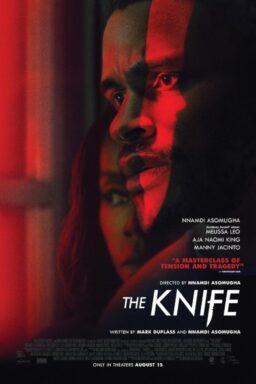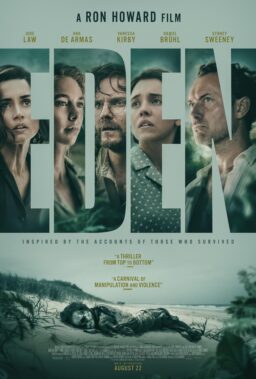TORONTO — I can’t identify with a lot of the families I see in movies. They aren’t like my family and I doubt if they’re like anyone’s. The family in “A Soldier's Daughter Never Cries” isn’t like anyone else’s family, either, but I never doubted for a moment that it existed. The movie could be advertised with a line like, “Apart from the fact that my dad was an alcoholic novelist and we were raised in the expatriate colony in Paris in the 1960s, I had a typical American childhood.”
The movie, which is one of the hits of the 23rd Toronto Film Festival and opens commercially on Sept. 25, is based on an autobiographical novel by Kaylie Jones, the daughter of the novelist James Jones (“From Here To Eternity,” “The Thin Red Line“). In the 1960s, her parents lived in Paris in a spacious apartment on the Ile St. Louis, which is between the two banks of the Seine, and their lives were likewise split between Left and Right Bank values.
The movie stars Kris Kristofferson as the novelist (called Bill Williams), Barbara Hershey as his sexpot but sensible wife, Lee Subieski as the daughter, Samuel Gruen as an adopted son and Anthony Roth Costanzo as an extraordinarily original character – the heroine’s young schoolmate who is crazy about opera.
I will be reviewing the film next week, so further details can wait. What I want to say now is that the film is so particular in the way it evokes the inner life of this family; how it is not afraid to be oddball or perplexing in the way it shows a bohemian couple trying to be good parents. How it incorporates all of the traumas and anxieties of a novelist’s life into the family fabric, without making the movie all about the writer. “A Soldier’s Daughter Never Cries” was directed by James Ivory, and is one of his very best works. It is kind of exciting to watch a film that assumes you are intelligent enough to care about the family without a series of easily grasped plot points.
I missed the tribute to the great cinematographer Vittorio Storaro (“Last Tango in Paris,” “Apocalypse Now“) at Telluride, because I didn’t think I’d ever get another chance to see the silent classic “The Man Who Laughs” with a 12-piece French orchestra. That was the right decision, I think, but now that I’ve caught up with the latest film Storaro has photographed, I’m reminded once again what a master he is.
Carlos Saura‘s “Tango” is set in Argentina and is about the tango, and a director who is making a tango film, and that’s about all of the plot I want to divulge right now. You can assume that the dancing and the music are splendid.
Storaro’s contribution is to make the visuals reflect the complexity of the dance form. The tango involves “one body with four legs,” and often the dancers’ legs move at dizzying speed between and around one another’s, so that a viewer is not always quite sure where the balance of gravity lies, and who is leading, and what is rehearsed and what is inspiration.
Storaro’s shots do the same thing. He uses reflections, and tricks with mirrors and backprojection screens, and pullbacks that reveal shots are not what they seem. Meanwhile, the screenplay itself also allows the characters to flick back and forth between levels of reality as their bodies do in the tango. In another kind of movie, one might be annoyed by Storaro’s trickery, but the tango is a dance that combines passion with detachment, wildness with rigidity, and so does Storaro’s camera here.











